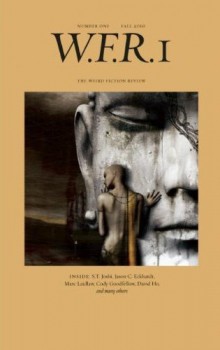Blogging Sax Rohmer’s The Hand of Fu Manchu, Part Three – “Golden Pomegranates”
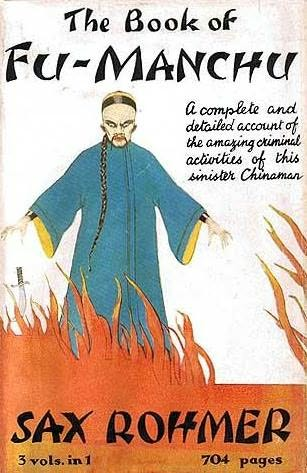
 “Golden Pomegranates” was the third installment of Sax Rohmer’s The Si-Fan Mysteries. The story was first published in Collier’s on June 24, 1916 and was later expanded to comprise Chapters 10 – 14 of the third Fu-Manchu novel, The Si-Fan Mysteries first published in 1917 by Cassell in the UK and by McBride & Nast in the US under the variant title, The Hand of Fu Manchu. The US book title marks the first time that the hyphen was dropped from the character’s name, although it was retained within the text.
“Golden Pomegranates” was the third installment of Sax Rohmer’s The Si-Fan Mysteries. The story was first published in Collier’s on June 24, 1916 and was later expanded to comprise Chapters 10 – 14 of the third Fu-Manchu novel, The Si-Fan Mysteries first published in 1917 by Cassell in the UK and by McBride & Nast in the US under the variant title, The Hand of Fu Manchu. The US book title marks the first time that the hyphen was dropped from the character’s name, although it was retained within the text.
“Golden Pomegranates” opens with two colorful characters, Meyerstein and Lewison appraising the Si-Fan’s sealed treasure chest in Nayland Smith and Dr. Petrie’s apartment at the New Louvre Hotel. They identify the chest as a rare Tulun-Nur design dating from the sixteenth century or earlier and explain that such chests are secured using a complicated system of knobs being pressed or turned rather than relying upon a traditional lock and key. Smith refuses to allow them to attempt opening the chest and turns down Mr. Meyerstein’s offer to purchase the chest and pay Smith a percentage on its unknown contents. After the appraisers depart, Smith confides in Petrie that he has recently received a premonition not to open the chest.
 Warning: Some spoilers follow
Warning: Some spoilers follow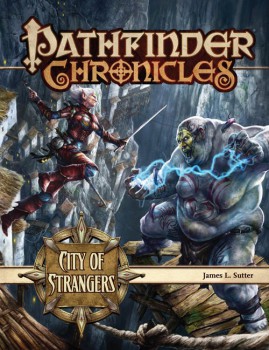 Last week we were just getting started in
Last week we were just getting started in 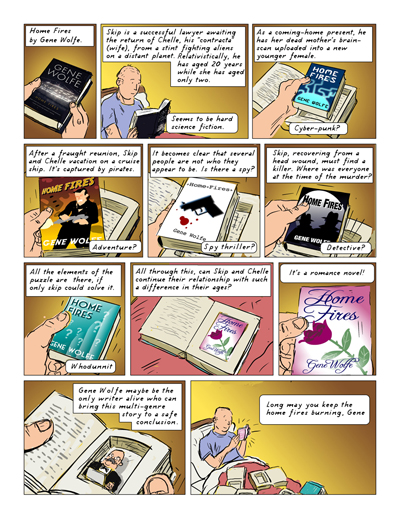
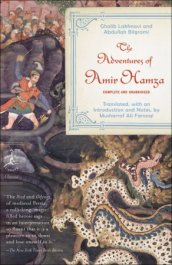
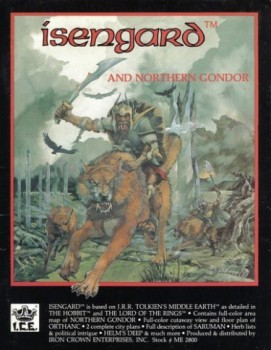
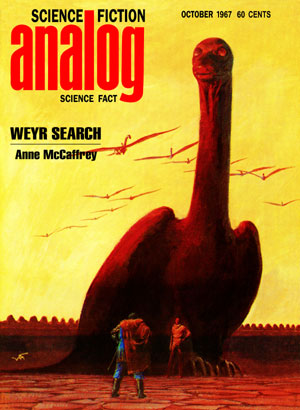

 Three years ago this week I posted my fist official article on the new Black Gate blog. I was one the original seven bloggers who answered John O’Neill’s call to make Black Gate online a place people wanted to visit again and again.
Three years ago this week I posted my fist official article on the new Black Gate blog. I was one the original seven bloggers who answered John O’Neill’s call to make Black Gate online a place people wanted to visit again and again.
